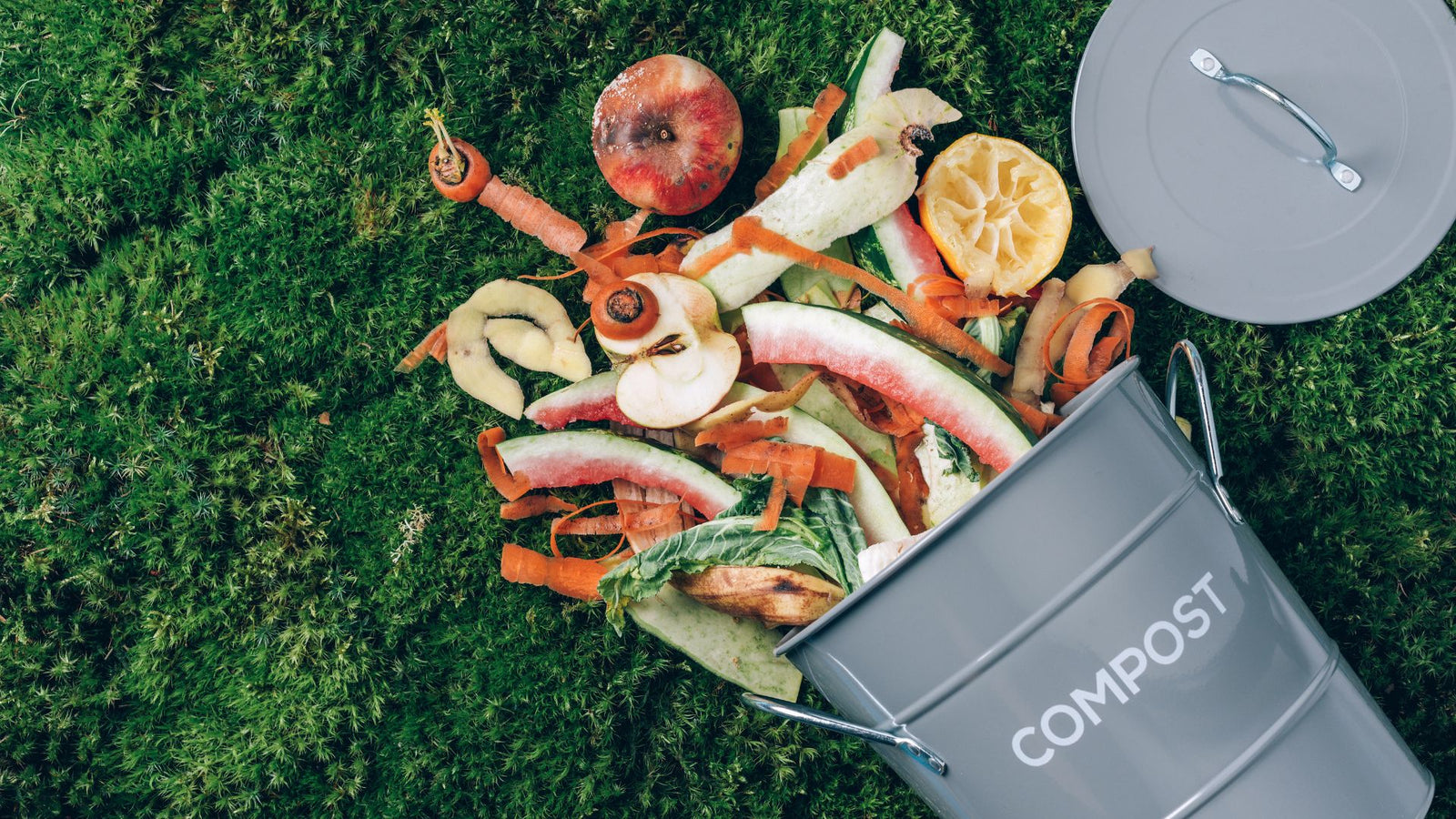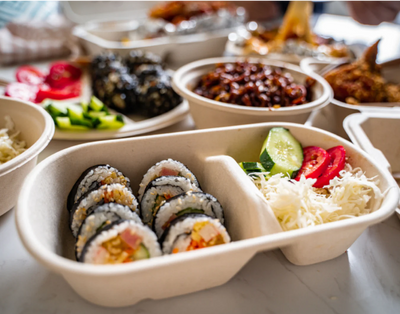How often do you have to throw your leftovers away just because you “accidentally” bought or cooked too much? Well, that happens, not just one or a couple of times, but more often than we can imagine, especially when counting the whole world. According to statistics, food waste accounts for 8% of greenhouse gas emissions. That’s an alarming number for us to rethink organic waste disposal, starting with homemade composting.
In fact, no matter how careful you are in meal planning and food reduction, there are still some parts of the food or products that you cannot consume—for example, the banana peels, coffee grounds, or the top of the strawberry. Hence, it is vital to find a way to help these things break down instead of having them end up in landfills, which is a huge contribution to climate change. Luckily, we can totally compost them at home, whether you’re living in a suburb or a small apartment in the middle of a crowded city.
Composting - One Best And Easy Way To Fight Climate Change
It’s undeniable that composting is one of the critical tools in the global fight against climate change. Mainly, composting helps reduce greenhouse gas emissions as it releases significant methane into the atmosphere when lying in landfills.
The compost promotes healthy and vital plant growth by converting carbon dioxide into leafy growth. This may seem a slight advantage, but it plays a critical role in preserving our climate.
In addition, compost can also help to increase resilience to the effects of climate change, such as droughts and extreme weather. In addition to preventing erosion during severe storms and retaining moisture during droughts, compost helps prevent decay during intense storms.
>> Read More:
- What Is Climate Change: Causes, Impact on Humans and Animals
- What is Net Zero: Importance, Roles of Individuals and Organizations
How To Compost Organic Waste?
If you think this is something to be done scientifically in exact measures, think again. It’s just like the first time trying to bake a cake. All the ingredients, the timing, and the ratio will become easier after you’ve done the first batch.
1. Collect Organic Waste
Now, the first step for any baking is to prepare the ingredients. You’ll need to collect all the organic waste at home. Let’s start with fruits and vegetables. Anything like banana peels, sweet potato skin, cucumber, or strawberry tops is perfect. Also, eggshells, tea bags, coffee grounds, or even EQUO compostable straws and utensils work wonderfully.

You may have heard it before; green and brown waste are essential ingredients. Along with that, we also need water and oxygen to make the composting process happen.
Think of composting as a multilayer wedding cake. You will need one layer of green on top of a brown layer. Here is a table of green and brown waste you can put in your compost bin.

As you can see, meat and other dairy products should not be in your compost bin since they easily attract flies and rodents, which are not the type of guests you want to invite to your house.
>> Read More: Smart Solutions for Food Waste: Reduction and Proper Disposal
2. Adding The Organic Waste In A Composting Bin
To store this organic waste, you can simply use your empty milk gallon and cut the top head. Or, to make it look even nicer, the old wooden dresser drawer or a little fancy Bikoshi bin is good to go.
No matter how often we keep repeating the word “easy”, it doesn't mean you can just throw everything into the bin. There are actually specific rules you need to follow, or else you are creating another landfill right in your apartment.

- Moisture dry materials before putting them in the storage.
- Add some dirt and shredded paper to the bottom of the composting bin.
- Then add green and browns waste accordingly.
- Don’t forget to break or cut up the food scraps into smaller pieces to help shorten the decomposition process.
- Put a lid on your compost bin, and let all the materials enjoy their private party.

3. Stir Every Week
It is essential to have a regular check-up with your indoor composting bin. Not to see the process but actually, help the process happen as expected. You need to stir the compost weekly to aerate the mixture. And remember to put the lid back tightly to avoid uninvited animals.

4. Wait For a Miracle or a Stink?!

If this is your first time doing this, there must be a high chance you’ll get an unpleasant smell from the composting. The compost bin that is made correctly will not release a bad odor. Instead, it may smell earthy, a scent of “success”.
Reasons leading to a smelly composting bin can be from the ratio of green and brown waste. You can adjust the ratio if you “accidentally” add one more than another. It can also come from the bin being too moist to not having enough oxygen.
The solution to this problem is pretty simple. Add some dry leaves or paper to your bin to absorb the excess water and balance the wet-dry ratio to control acidic odor.

After two to six months, your food scraps will likely decompose entirely and can be added to your outdoor garden or window planting. If your compost bin is bigger than expected, find the compost drop-off locations near your area and donate them.
>> Read more:
- 5 Best Ingredients To Make Biodegradable Straws
- 5 Best Eco Compostable Straws Made From Plants
- Compostable vs Recyclable: What Is The Difference?
- 10 Ways To Reduce Plastic Waste At Home


